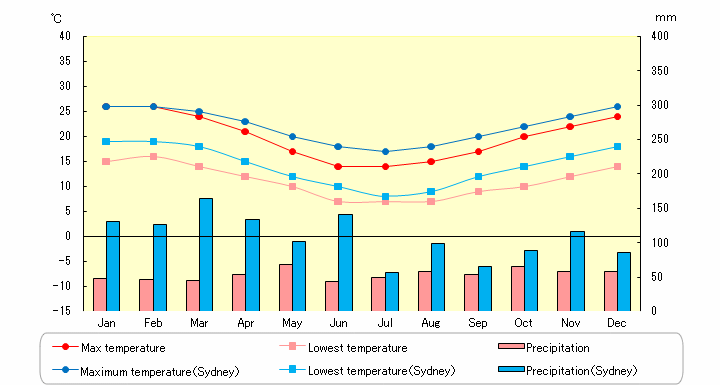Water Temperature in Melbourne: Best Time for a Swim
Water Temperature in Melbourne: Best Time for a Swim
Melbourne, a vibrant metropolis on Australia’s south coast, is renowned not only for its rich culture but also for its intriguing swimming conditions. The water temperature in this coastal city fluctuates throughout the year, offering different experiences for swimmers and beachgoers. Understanding the nuances of these temperature changes can fundamentally shift one’s perception of the ideal swimming conditions in Melbourne, transforming an ordinary outing into an extraordinary aquatic adventure.
Understanding Seasonal Shifts in Water Temperature
The aquatic climate in Melbourne is predominantly influenced by the Southern Ocean, which introduces a blend of cool and warm currents. The city’s water temperatures can be segmented into distinct seasonal shifts. During the summer months of December to February, the water typically warms up, often reaching a delightful 20 to 24 °C (68 to 75 °F). This period is undoubtedly regarded as peak swimming season, drawn by the allure of sun-drenched beaches and balmy waters.
Conversely, winter presents a stark contrast, with water temperatures plummeting to a frigid 10 to 15 °C (50 to 59 °F) from June to August. While some might consider this too cold for recreational swimming, winter swimming aficionados relish the bracing embrace of the ocean, championing the invigorating thrill it provides. Thus, for those brave enough to plunge into the more brisk waters, winter swimming can unveil an exhilarating experience like no other.
The Optimal Time for Swimmers and Beach Enthusiasts
For the majority of casual swimmers, late spring and early autumn can provide a sweet spot. In November and March, water temperatures tend to hover around 17 to 21 °C (63 to 70 °F), striking a delightful balance between the refreshing coolness of spring and the fading warmth of autumn. During this transitional period, Melbourne’s beaches become less crowded as families retreat from summer vacations, granting a more serene atmosphere for aquatic enjoyment.
Adjusting to Personal Preferences: Beyond Just Numbers
While empirical data provide a foundation for determining swimming conditions, individual preferences and acclimatization play pivotal roles in the overall swimming experience. For some, a temperature of above 18 °C (64 °F) might be inviting, while others may relish cooler conditions and thrive in tempests of the ocean breeze. Sensitivity to temperature can vary significantly among individuals, influenced by various factors such as body composition, activity level, and previous exposure to cold water, thereby creating a more personal narrative surrounding swimming preferences.
Enhancing Your Swimming Experience
Planning a swimming excursion in Melbourne extends beyond the basic understanding of water temperatures. Key considerations include timing your visits to bypass the fierce winds that are characteristic of the southern coast. The early morning and late afternoon often offer the most placid conditions, providing a harmonious backdrop for indulgent swims.
Safety is paramount when navigating Melbourne’s waters. Familiarizing oneself with local tides and currents, especially in expansive ocean swells, is essential for preventing unforeseen mishaps. Additionally, wearing appropriate gear such as wetsuits during chillier months can significantly enhance comfort, allowing swimmers to explore the depths of the ocean’s embrace without succumbing to the biting cold.
In Conclusion: Embracing the Aquatic Adventure
As Melbourne’s dynamic waters beckon, swimmers can find potential in every seasonal shift. By adapting to changing water temperatures and understanding personal comfort levels, individuals can rediscover the excitement of swimming. Melbourne, with its breathtaking beaches and fluctuating aquatic climates, promises an adventure for everyone willing to immerse themselves in its aquatic allure. From sun-soaked summer days to invigorating winter highs, the best time to swim in Melbourne is ultimately dictated by personal preference and the ever-changing whims of its water. Each swim invites a new experience—a filling interaction with nature’s extraordinary cycles.
You May Also Like
Best Fish to Catch in Australia: A Guide for Anglers
Australia boasts an extraordinary diversity of fish species, making it …
Emily Bay Norfolk Island: A Hidden Gem in the Pacific
Emily Bay, a picturesque enclave nestled on the sun-kissed shores of …
Holidays on August 23: Global Festivities & Observances
August 23 is a date that carries a bouquet of cultural significance …





